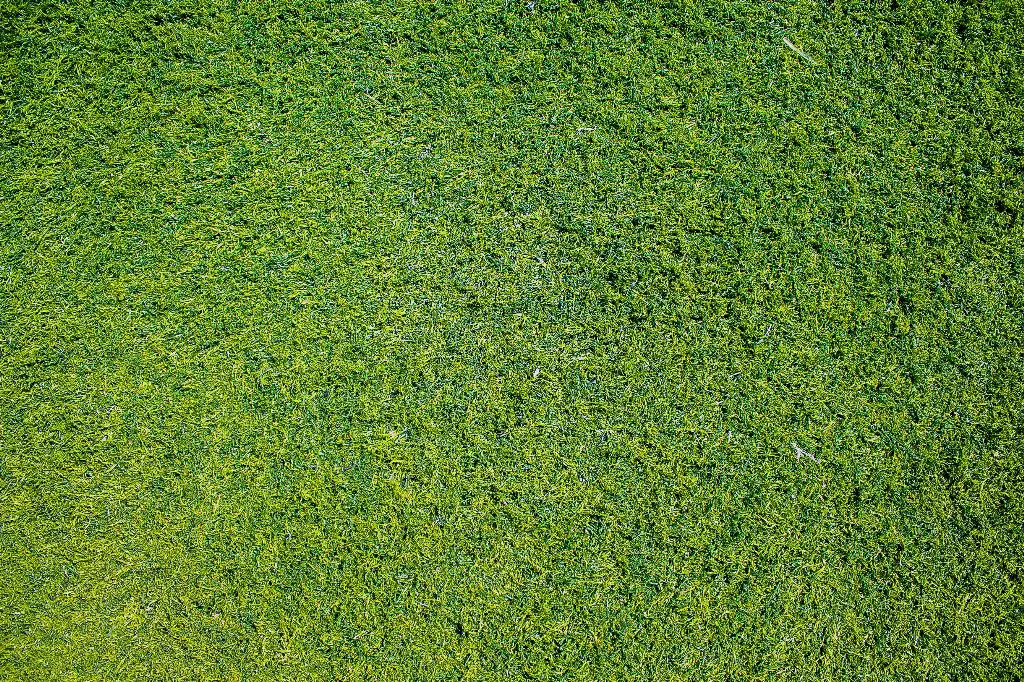If you’re looking to improve the health and vitality of your grass lawn, one important task to consider is aeration. Aeration is the process of creating small holes in the soil to allow for better air circulation, water absorption, and nutrient uptake for the roots of your grass. This helps promote deeper root growth and overall lawn health.
When it comes to aerating your grass lawn, there are two main types of aerators that you can use: spike aerators and core aerators. Spike aerators simply puncture holes in the soil, while core aerators remove small plugs of soil from the ground. Both methods can be effective, but core aeration is generally considered more beneficial as it alleviates compaction and allows for better airflow.
If you decide to aerate your lawn using a core aerator, it’s important to make sure the soil is moist, but not overly wet. This will make it easier for the aerator to remove plugs of soil without causing too much disruption to the grass. A good time to aerate your lawn is during the growing season when the grass can quickly recover from the aeration process.
Before you start aerating, it’s a good idea to mow your lawn to a slightly lower height than usual. This will help the aerator penetrate the soil more effectively and make it easier to remove plugs of soil. Additionally, make sure to mark any sprinkler heads or other obstacles in your lawn to avoid damaging them during the aeration process.
When you begin aerating your lawn, start by going over the entire area in one direction with the core aerator. Once you’ve gone over the lawn once, go back over it in a perpendicular direction to ensure that you cover the entire area evenly. This will help create a grid pattern of aeration holes across your lawn.
As you aerate, you’ll notice small plugs of soil being brought up to the surface. Don’t worry, this is completely normal and beneficial for your lawn. The plugs will break down over time, adding valuable organic matter back into the soil and further improving its structure.
After you’ve finished aerating your lawn, consider topdressing the area with a thin layer of compost or topsoil. This will help fill in the aeration holes and provide additional nutrients for your grass to thrive. Water the area thoroughly to help the soil settle and aid in the recovery process for your lawn.
Following aeration, it’s a good idea to avoid heavy foot traffic on your lawn for a few weeks to allow the grass to recover and take full advantage of the aeration benefits. With proper aeration, your grass lawn will be better equipped to withstand drought, pests, and diseases, resulting in a healthier and more vibrant lawn.
In conclusion, aerating your grass lawn is a simple yet effective way to improve its health and appearance. By following the right steps and using the proper equipment, you can create a thriving lawn that will be the envy of your neighbors. So, roll up your sleeves, grab your aerator, and give your lawn the care it deserves!

